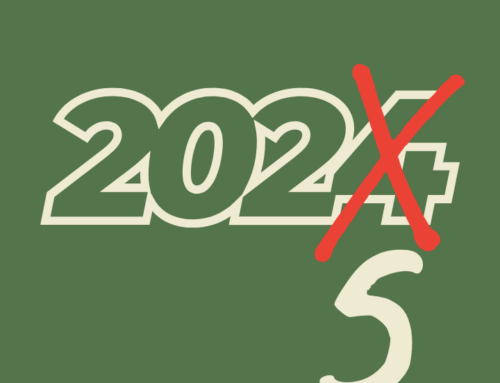The average investor underperforms their own investments by up to 60%
Doesn’t make sense? I’ll explain
According to a recent study by DALBAR, the average investor return over a 30-year period is just over 4% whereas the average market return is about 10%. See the chart below.

DALBAR calls the difference between the investor’s return (blue) and the market’s return (orange) the “behavior gap”
This means that even if the market returns 8% annually, the average investor often earns significantly less.
But why???
The difference is often due to emotional decisions – often during times of bear markets or recessions – like panic-selling or chasing hot stocks at their peak.
DALBAR’s report shows that poor timing and impulsive decision making often costs investors dearly.
Instead of sticking to a long-term strategy, many investors react to headlines, social media posts, fear, and greed. This ultimately sabotages their own investment returns.
So how do we get rid of the behavior gap?
The key is discipline.
A well-structured financial plan, a diversified portfolio, and the patience to ride out market cycles can make the difference between 4% and 8%.
Having a financial advisor can help provide perspective and accountability – and as an added benefit – can also help investors avoid costly mistakes.
(Like buying GameStop at $450 per share)
In personal finance, behavior is often more important than knowledge.
The market will do what it does—but your ability to stay the course will be one of the biggest determining factors of your long-term success.
—
Source: DALBAR.com






